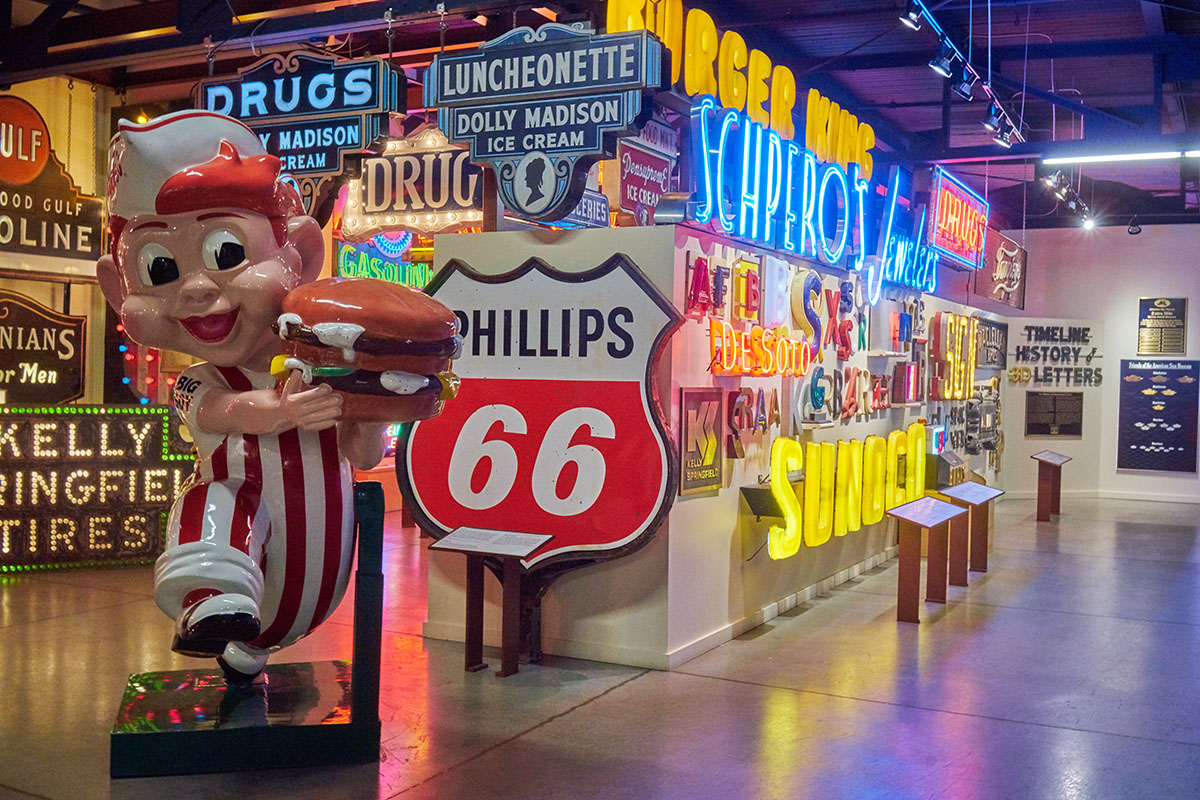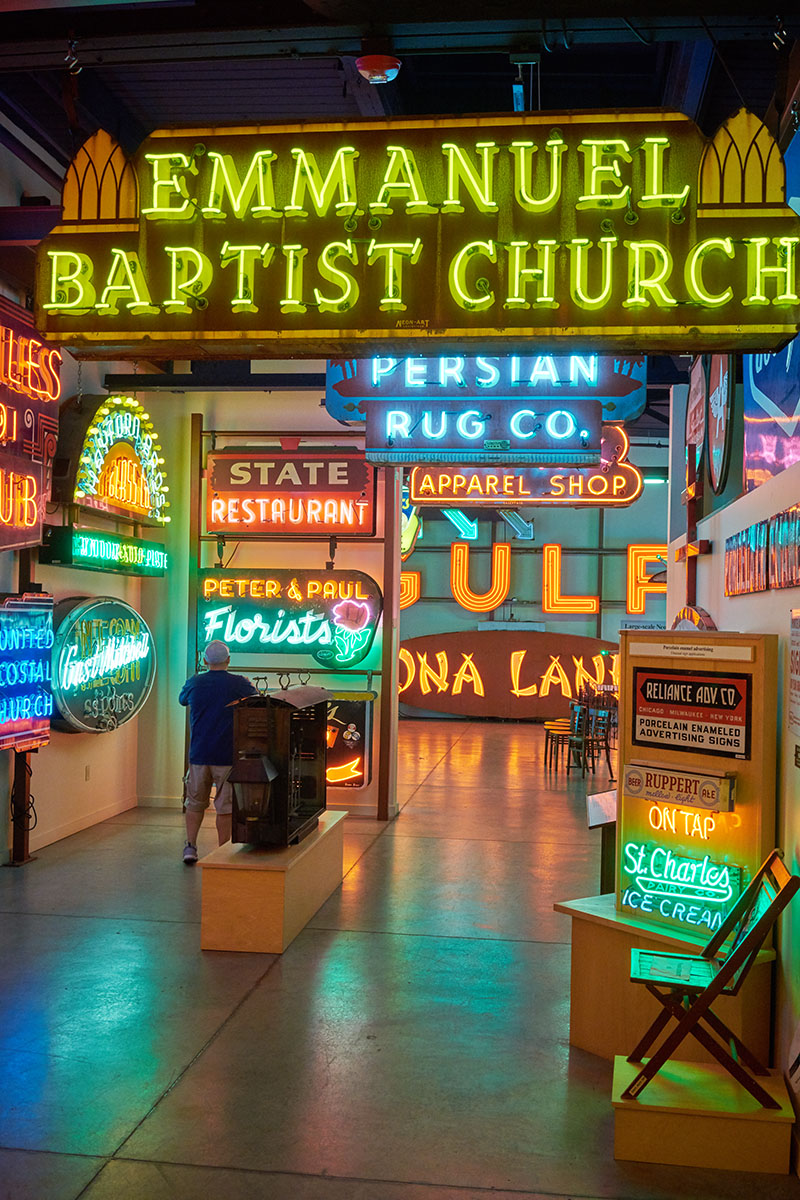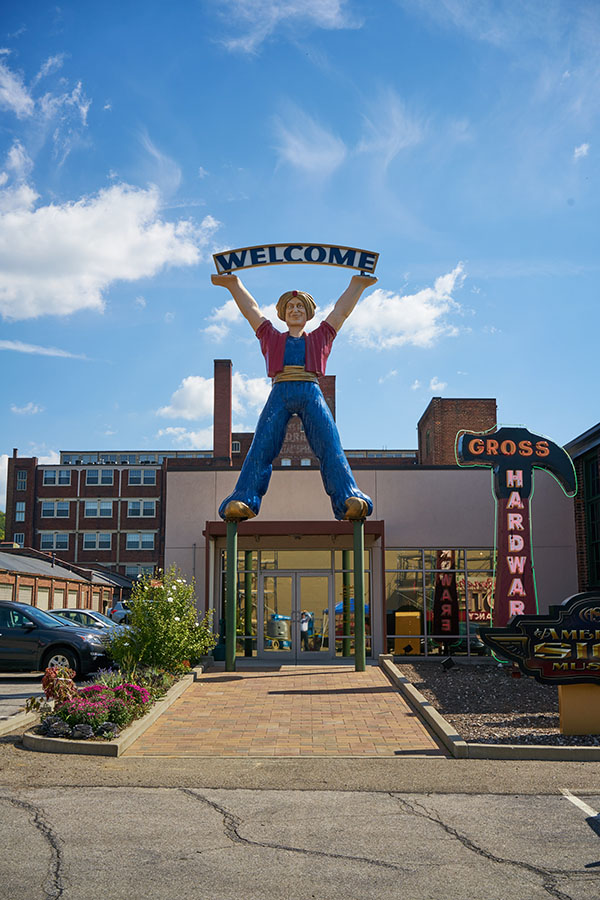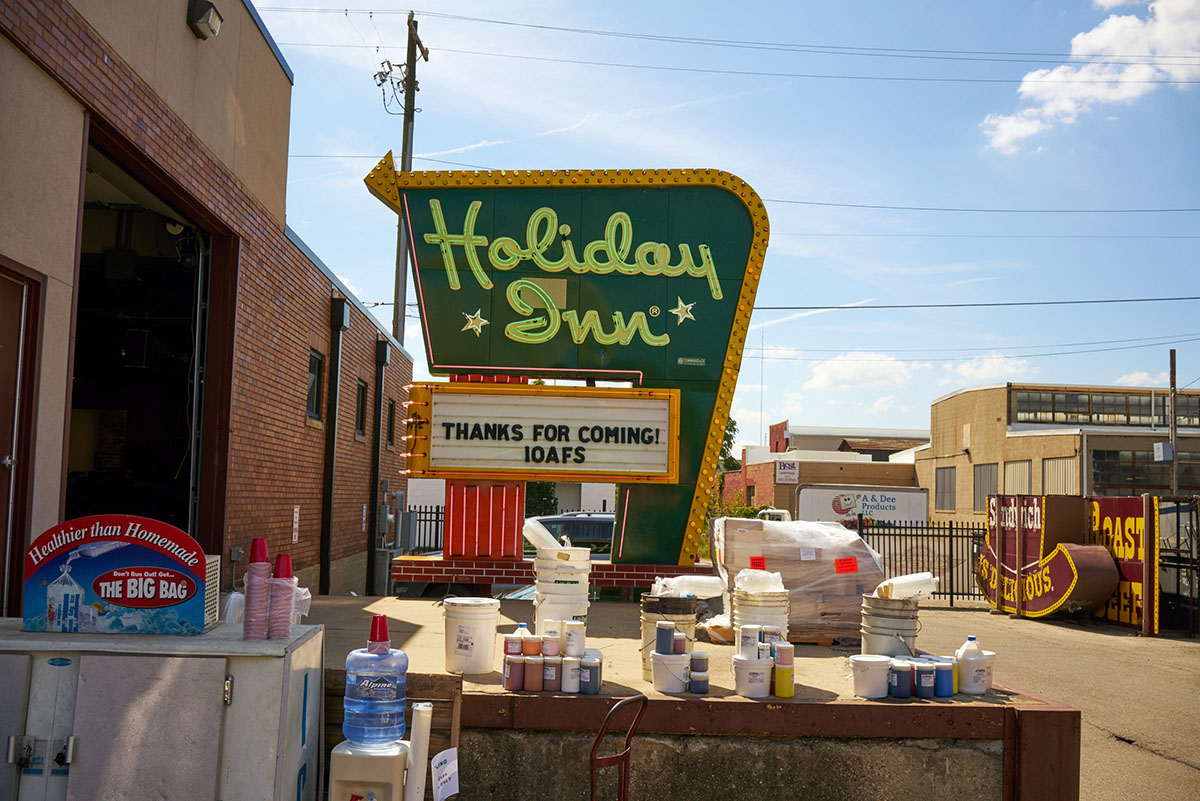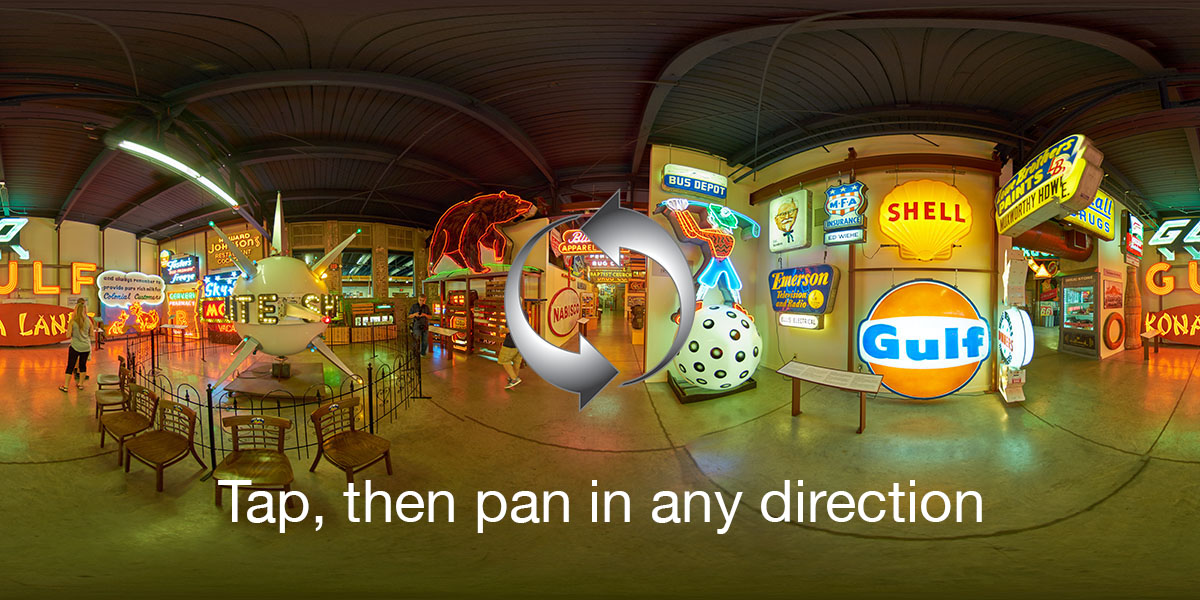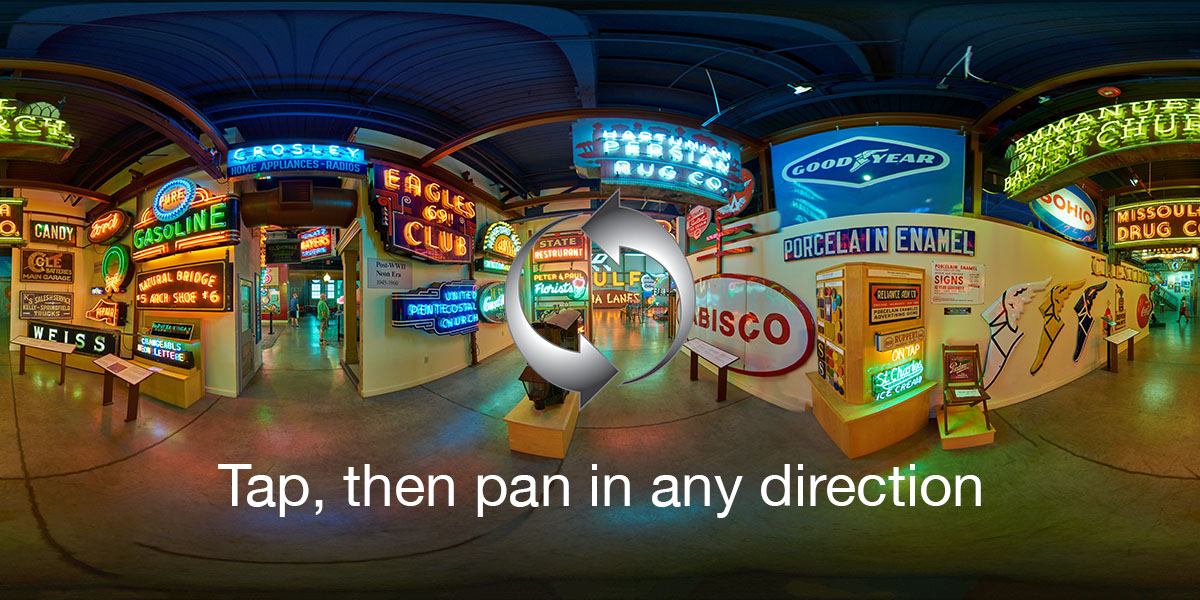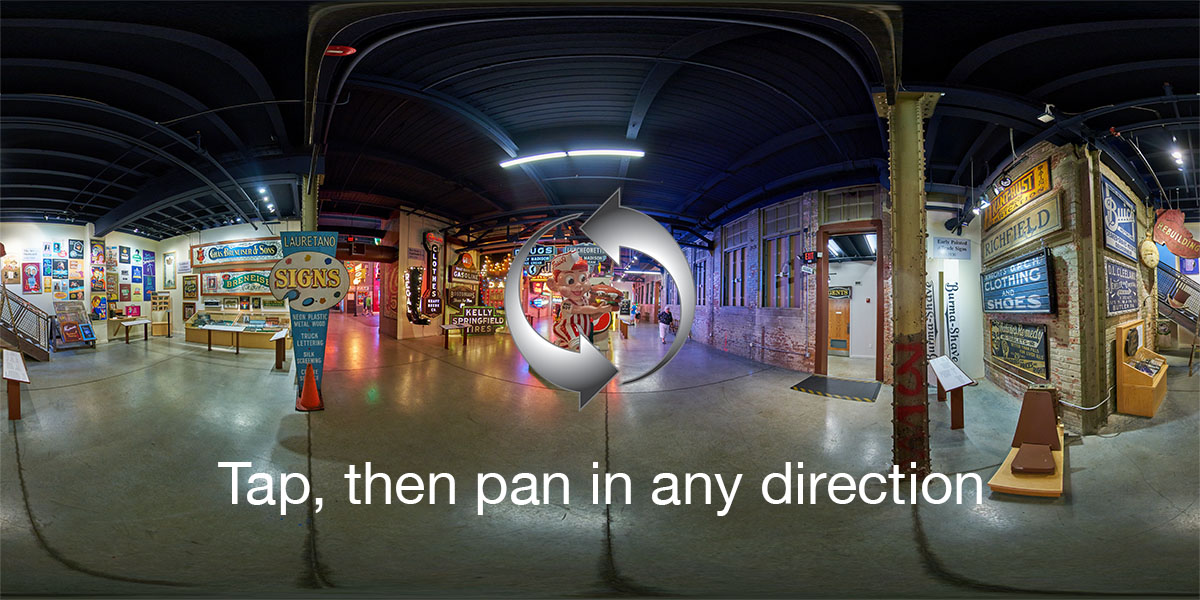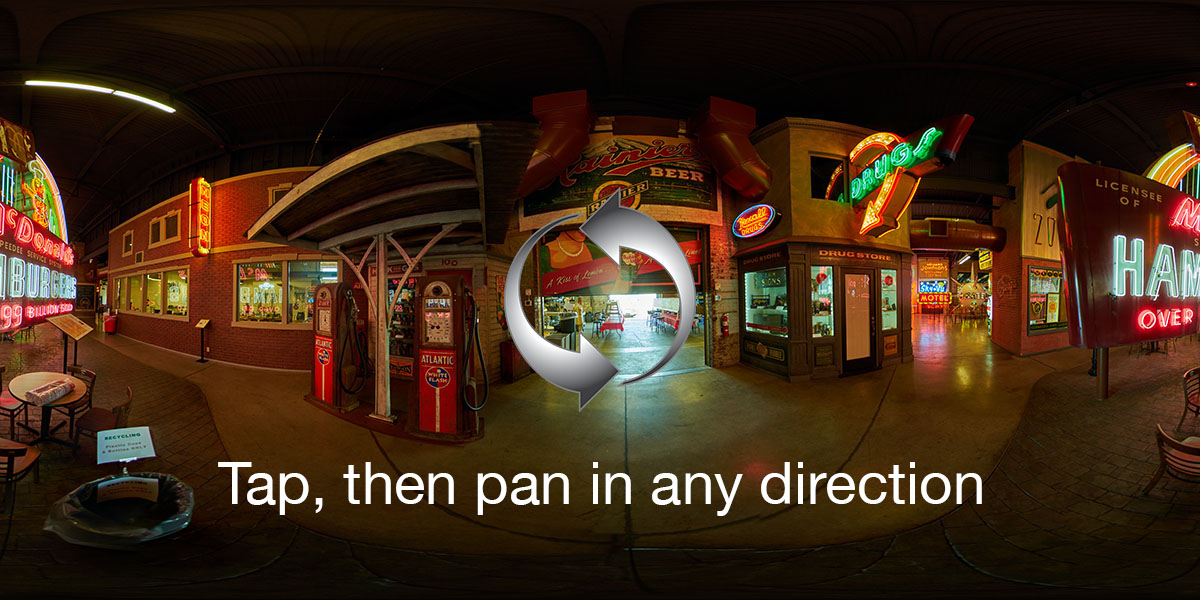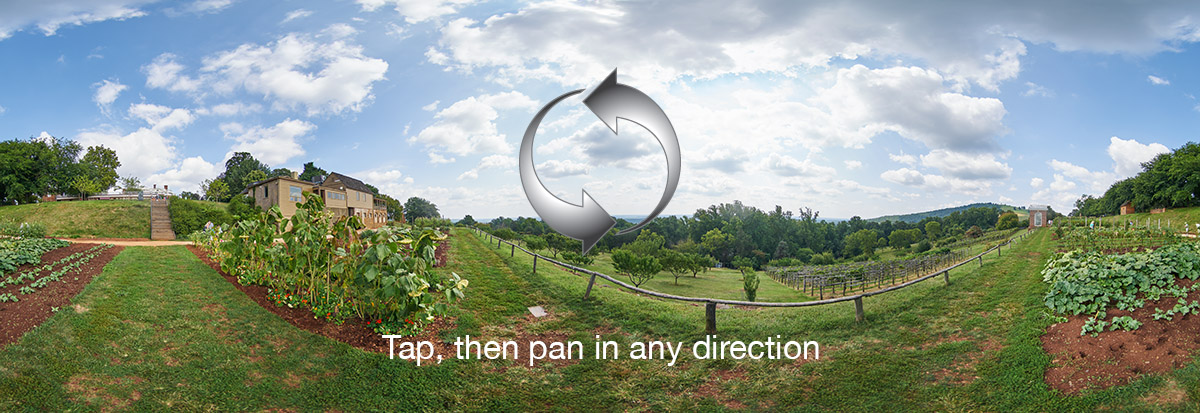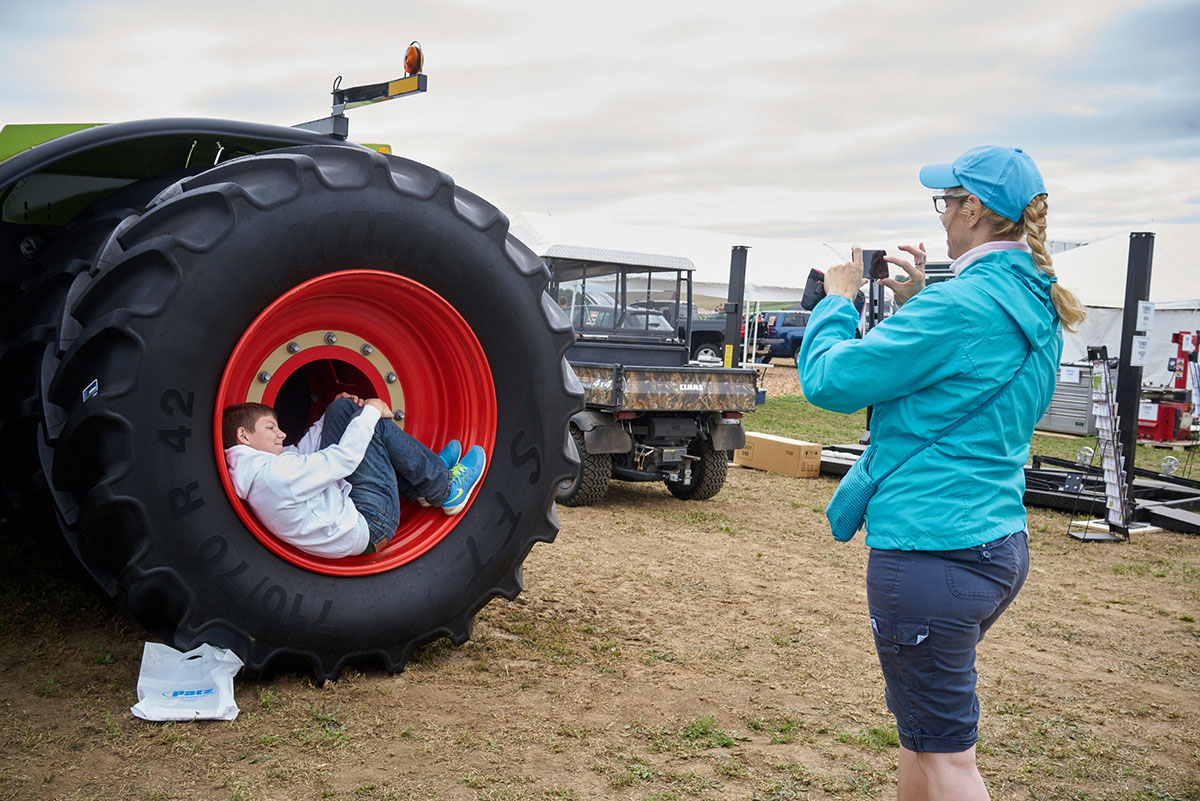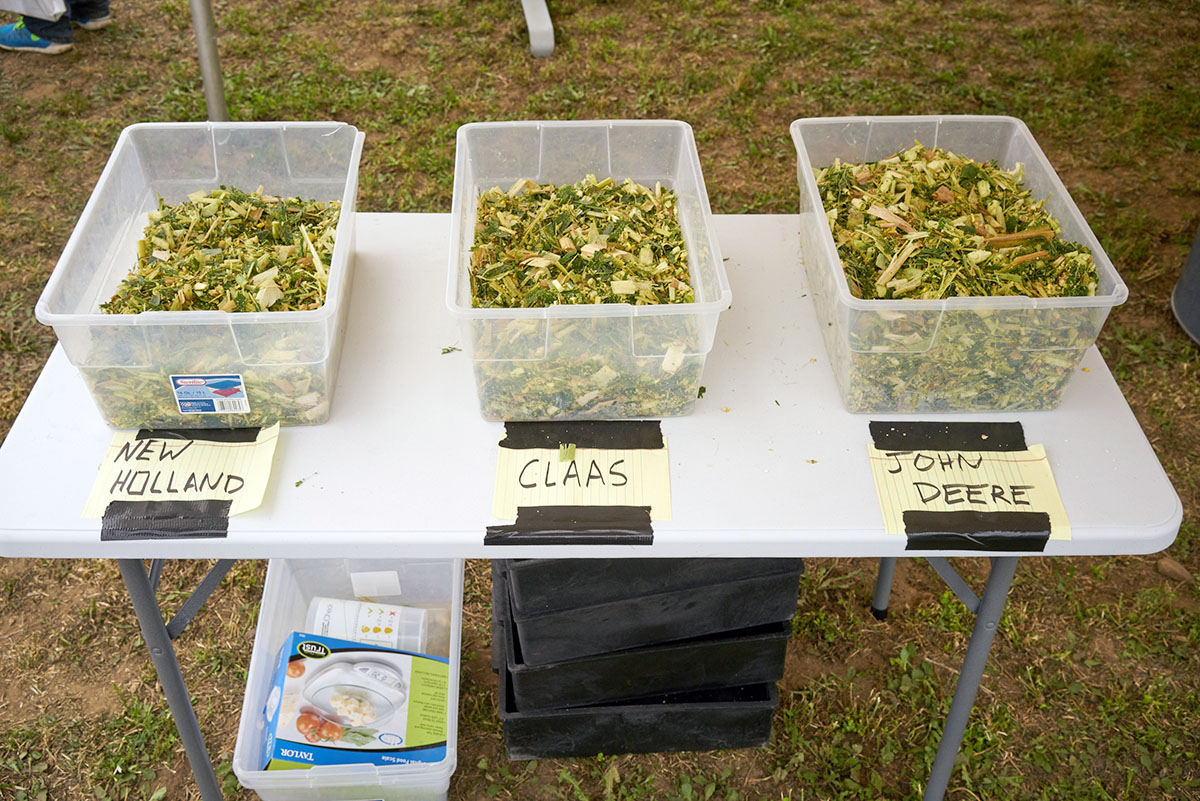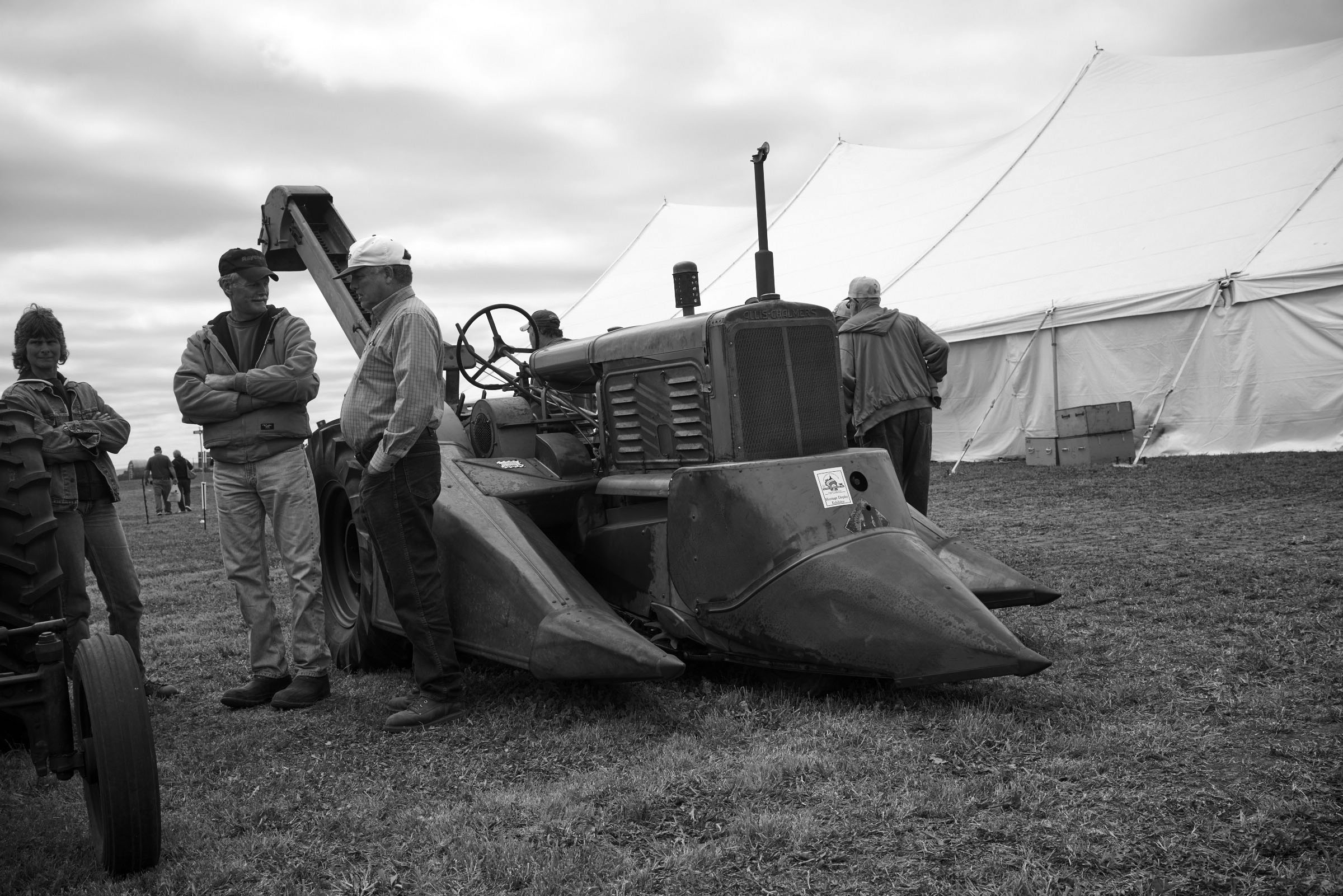Molly Birnbaum:
After graduating from journalism school, I took a job at a tiny local paper in Northern California. I didn’t know this until I got there, but this paper was one of the few, and one of the last, perhaps, to publish long, reported obituaries for the common man, woman, and, even, child. Writing them became one of my primary tasks. The work was rewarding but difficult—I will never forget doing a two-page spread about the 9-year-old girl who drowned in a creek while having a picnic with her mom, for instance. I read reams of letters, diaries, and yellowed news clippings so old they crumbled in my hands, visited the homes of bereaved families, tracked down old photo albums—all to tell the stories of humans I would never know. I loved it.
Even before that job, though, the obituary form captivated me. You might even say it was an obsession; upon entering parties or business meetings, my mind would flash to what the obituary would be like for the person in front of me. (In my defense, the interest was also literary. They are kind of the ultimate in storytelling.) My mom traces these thoughts back to a serious car accident, about ten years ago. “You are very aware that the end could happen at any time,” she says.
But even though my days as an obituary writer were not that long ago, the culture of obituaries has changed greatly in the last few years. For one thing, newspaper numbers are dwindling: from 1990 to 2006, Pew Research Center calculated a 14 percent drop in daily papers in circulation. Social media has transformed how we communicate, as well, creating constantly pruned self-told stories. The obituary as we know it might be over. How will we remember the dead in the future? And what did we do in the past?
